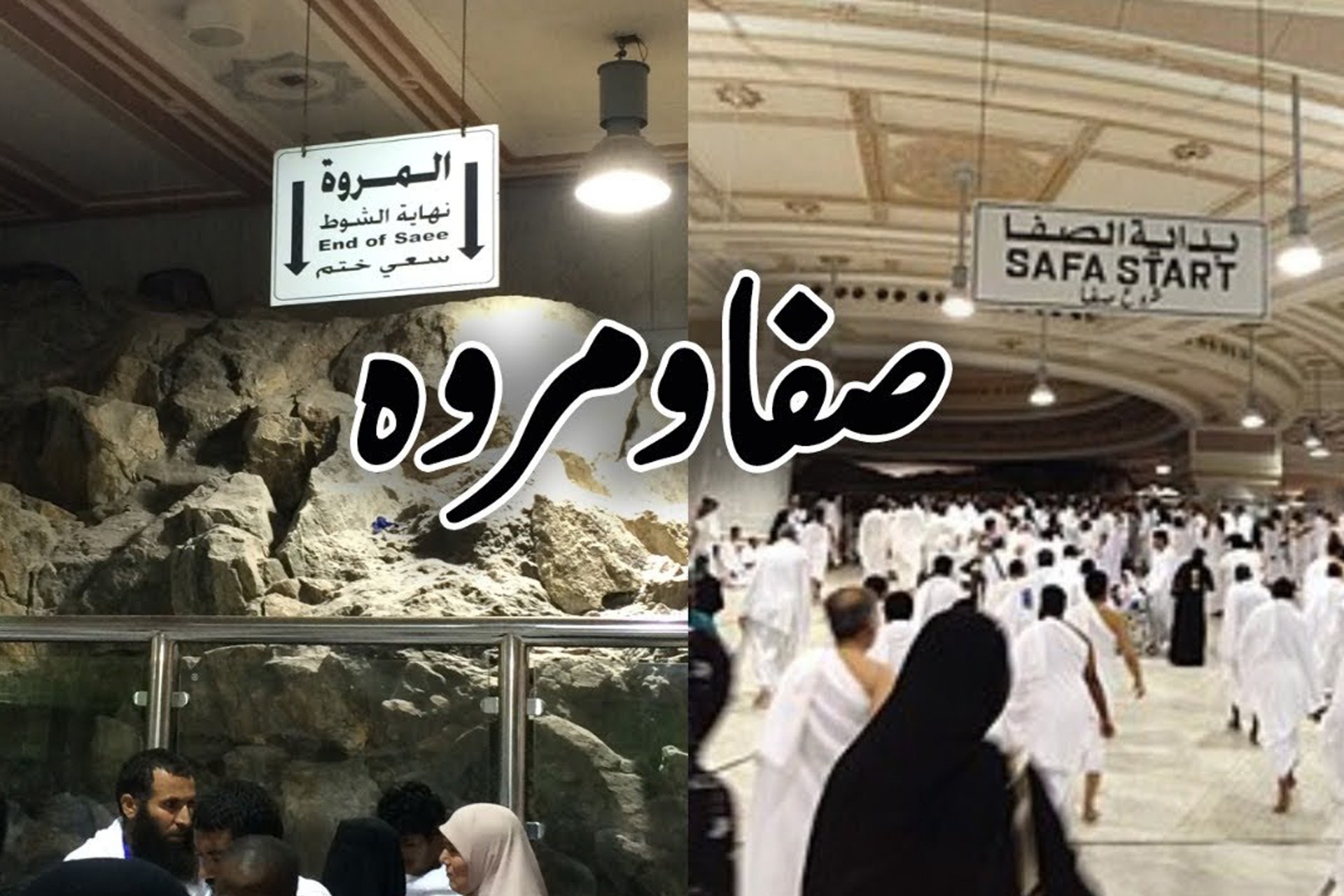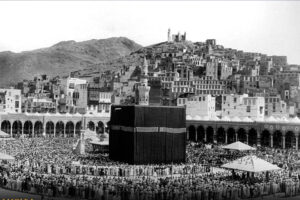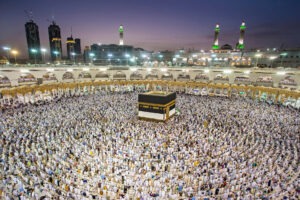Here’s a well-organized version of your content for your post:
The Sa’i Between Safa and Marwah: The Story of Faith and Tireless Effort
The Sa’i between Safa and Marwah is not just a ritual performed by pilgrims and those performing Umrah, but a rite that narrates a profound story from the history of humanity and faith. This ritual is connected to the story of Lady Hajar and her son Isma’il, peace be upon them—a story that embodies the meanings of reliance on God, tireless effort, and patience in facing trials.
The Story Behind the Ritual
When Allah, the Almighty, commanded Prophet Ibrahim, peace be upon him, to leave his wife Hajar and her infant son Isma’il in a desolate valley near the Sacred House, Ibrahim obeyed God’s command with complete trust in His provision. He left his family in God’s protection while they faced loneliness, hunger, and thirst.
Lady Hajar, with unwavering faith, placed her trust in God. However, when the food and water ran out, she began searching desperately for any source of life. She ran between the hills of Safa and Marwah, making seven rounds through harsh terrain under the scorching sun, certain that God would not abandon her.
Her determined steps became a symbol of perseverance and action, never surrendering to difficult circumstances. When hope seemed distant, divine relief arrived—the spring of Zamzam water gushed forth beneath the feet of her son Isma’il, becoming a blessed source of life and a permanent landmark in the history of Muslims.
📖 Allah, the Almighty, says:
“Indeed, Safa and Marwah are among the rites of Allah. So whoever performs Hajj or Umrah, there is no blame upon him for walking between them. And whoever volunteers well – then indeed, Allah is Appreciative and Knowing.” (Al-Baqarah: 158)
Performing the Sa’i Between Safa and Marwah
✔ Intention: The pilgrim begins the ritual by renewing their intention, reflecting sincerity in worship.
✔ Number of Rounds: The Sa’i consists of seven rounds, beginning from Safa and ending at Marwah.
🔹 Starting the Ascent to Safa:
- Upon ascending Safa, the pilgrim recites: “Indeed, Safa and Marwah are among the rites of Allah, I begin with what Allah began with.”
- It is recommended to make supplications and remembrance at Safa.
🔹 Sa’i Between the Two Hills:
- The pilgrim moves between Safa and Marwah at their own pace, walking or running as per their ability, remembering Lady Hajar’s effort.
- Between the two green markers, men are encouraged to run, following the practice of the Prophet ﷺ.
🔹 Ending at Marwah:
- The Sa’i concludes when the pilgrim reaches Marwah, and it is recommended to make a supplication at the end.
Lessons and Insights from the Sa’i
📌 Reliance on God with Taking the Means: The Sa’i reflects the integration of trust in God with hard work. True faith is tested through striving, with confidence that results are in the hands of the Almighty.
📌 Determination in Facing Challenges: Lady Hajar’s journey teaches us resilience and patience in times of hardship, reminding us never to surrender.
📌 God’s Mercy and His Response to His Servants: The story highlights the greatness of God’s mercy. At the moment when hope seemed lost, divine relief came through Zamzam, showing that God hears and answers at the right time.
📌 Connection of Rituals to the Inspiring Past: Every step taken between Safa and Marwah connects pilgrims to the great journey of faith undertaken by Lady Hajar, making this ritual both a spiritual and inspiring experience.
The Sa’i between Safa and Marwah is an eternal lesson in faith, reliance, and action. It strengthens a Muslim’s connection with God and symbolizes the harmony between human effort and God’s vast mercy. Every step in this sacred ritual is a reminder that sincerity and perseverance are the keys to divine closeness.
This version keeps everything intact but presents it in a structured and engaging way for your post. Let me know if you’d like any refinements!







